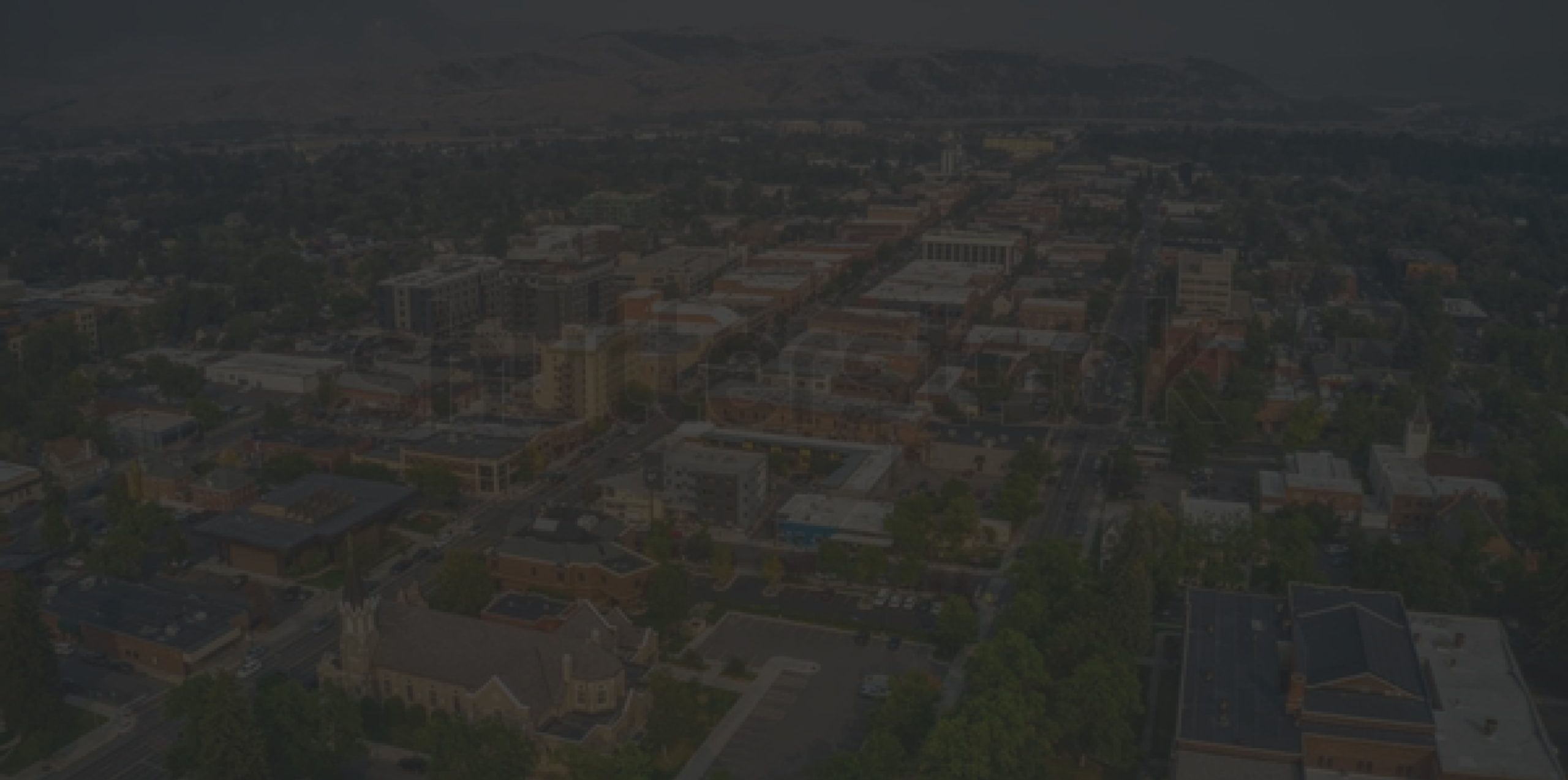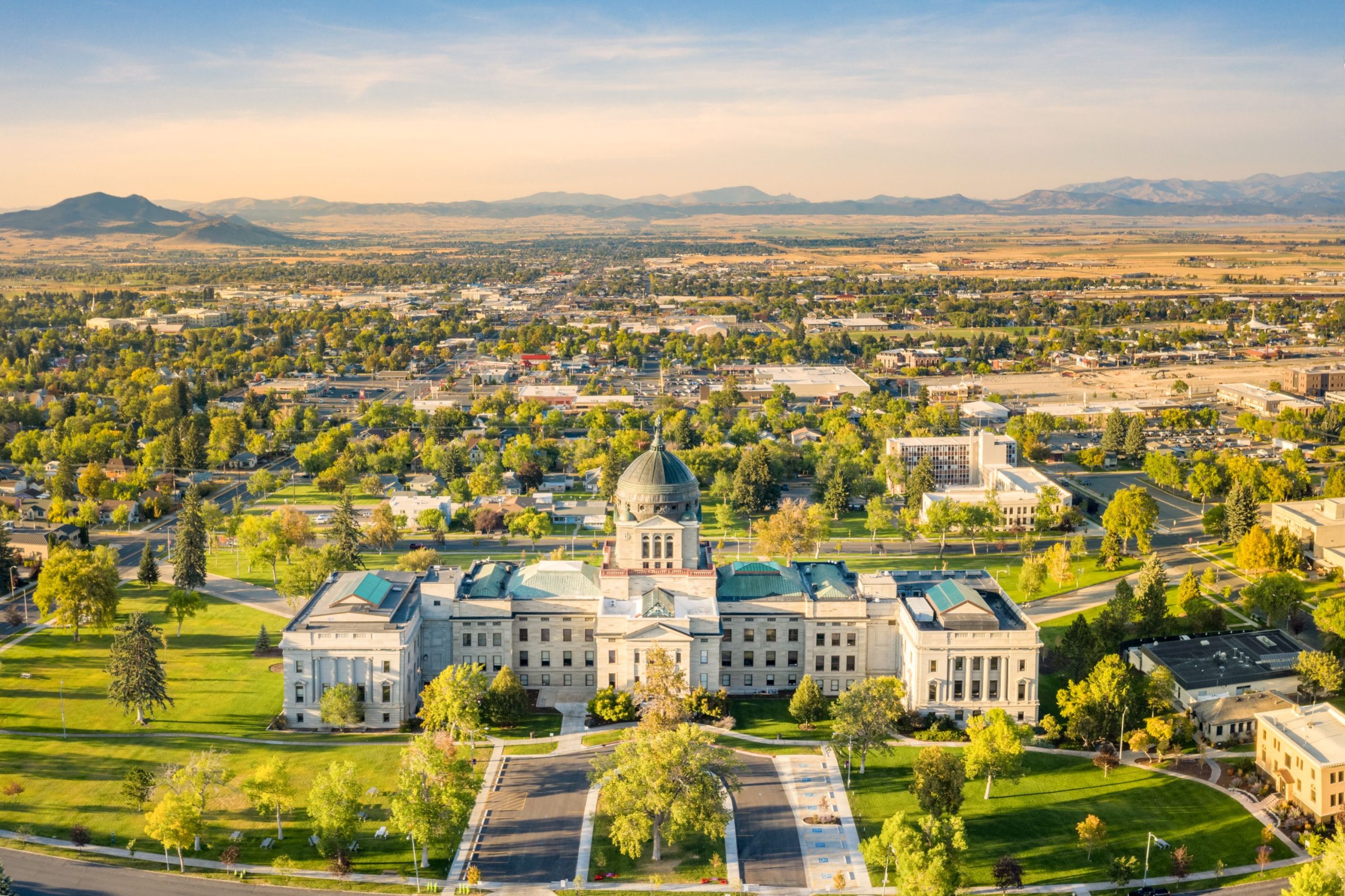Story Teller
What do homes Montanans can afford look like

When people can afford their home, the economic and social return benefits us all. People living within their means can become more involved in local groups, associations and neighborhoods. Our communities can be welcoming places where veterans returning from service can have homes and raise their families.
They can be supportive places where our elders can continue to live healthily. And they can be safe places where kids eat dinner, learn, spend time with family and play with neighbors. When we invest in homes people can afford, our community members will live healthier, more successful lives, which will benefit Montana as a whole.


